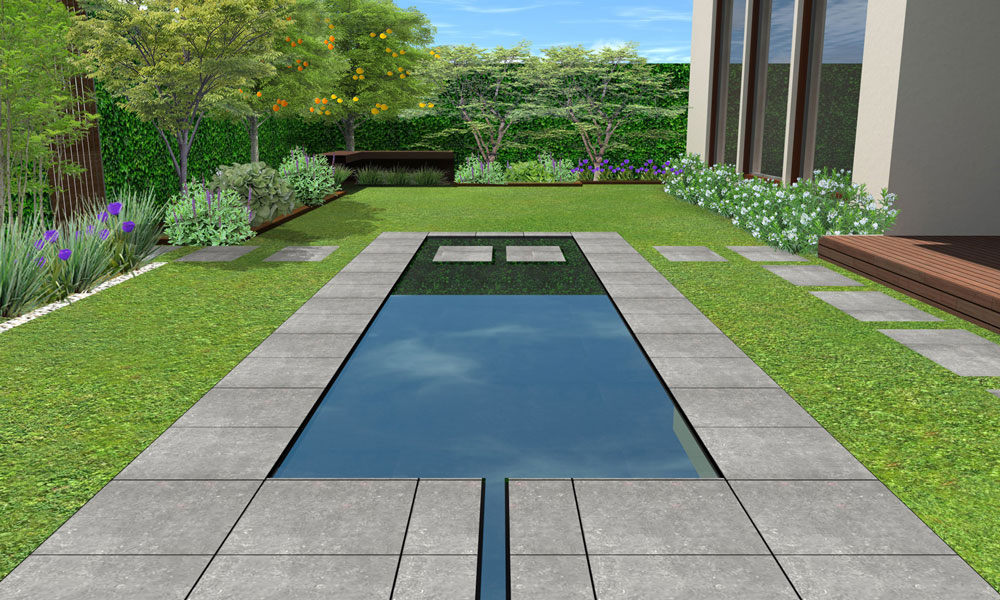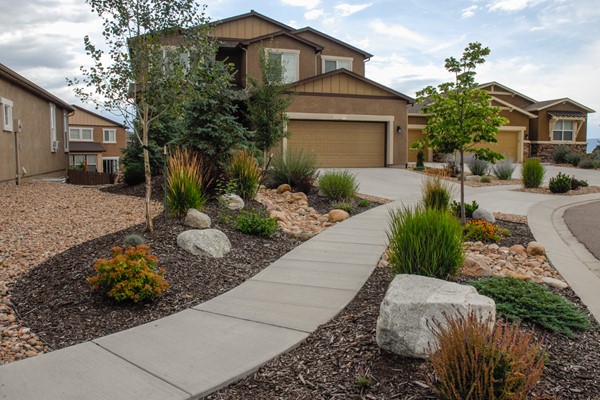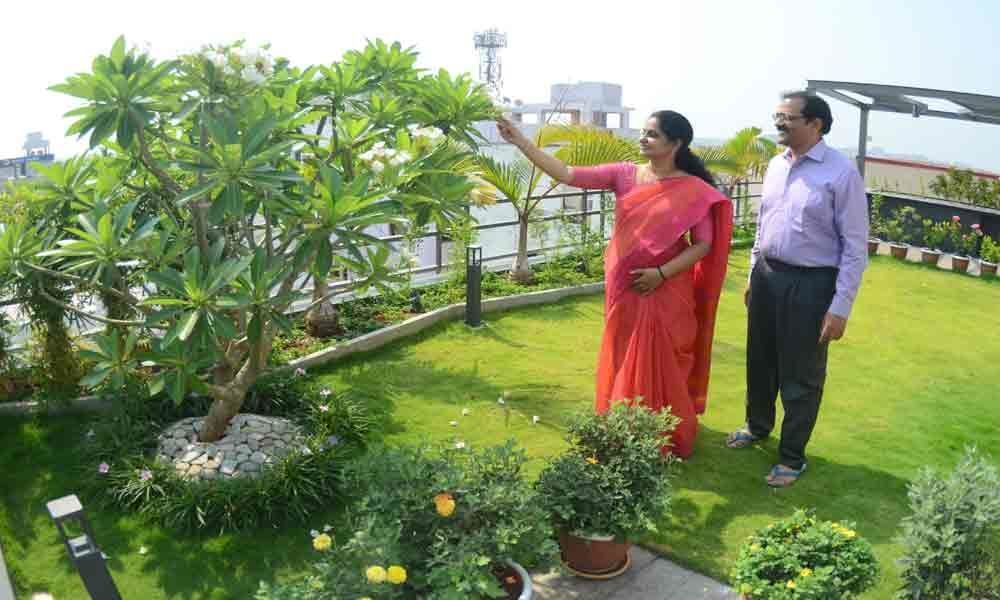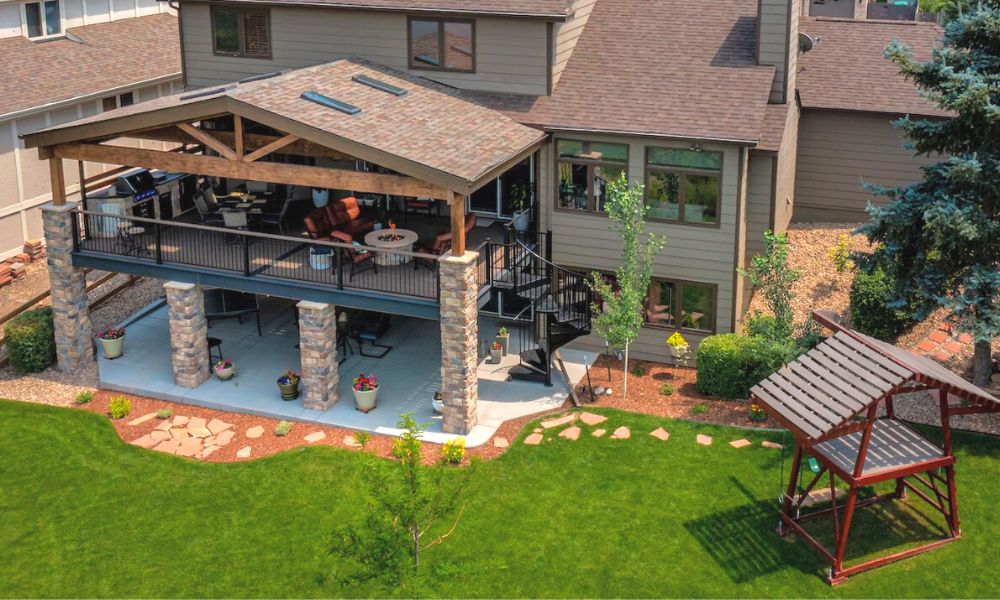
Xeriscaping: Embracing Water-Efficient Landscaping for Arid Climates
Living in an arid climate can be challenging, especially when it comes to maintaining a lush and beautiful garden. With limited water resources, traditional landscaping practices can be wasteful and unsustainable. This is where xeriscaping comes in. Xeriscaping is a landscaping technique that uses low-water and drought-tolerant plants to create a beautiful, sustainable, and water-efficient garden.
What is Xeriscaping?

Xeriscaping is a landscaping technique that originated in Colorado in the early 1980s. The term xeriscape comes from the Greek word “xeros,” which means dry. Xeriscaping is a method of landscaping that aims to reduce water usage and promote sustainable gardening practices. It involves selecting and grouping plants according to their water requirements, creating efficient irrigation systems, improving soil quality, and using mulch to retain moisture.
Benefits of Xeriscaping
Xeriscaping offers a range of benefits to homeowners, gardeners, and the environment. Some of these benefits include:
- Water conservation
- Reduced maintenance and labor costs
- Improved soil quality
- Reduced use of fertilizers and pesticides
- Increased property value
- Enhanced biodiversity
- Reduced carbon footprint
How to Xeriscape
Creating a xeriscape garden requires careful planning and consideration of the local climate, soil type, and available water resources. Here are some steps to follow:
- Assess your site: Determine the amount of sun and shade your garden receives, the soil type, and the available water resources.
- Select plants: Choose plants that are native to your area, drought-tolerant, and low-water-use. Group plants according to their water requirements to reduce water waste.
- Create efficient irrigation: Install a drip irrigation system that delivers water directly to the plants’ roots, reducing water waste and evaporation.
- Improve soil quality: Add organic matter to improve soil structure and water retention.
- Use mulch: Apply a layer of mulch to retain moisture, reduce weed growth, and improve soil quality.
- Maintain your xeriscape: Regularly prune and weed your garden, adjust your irrigation system according to seasonal changes, and monitor your plants’ health.
Xeriscaping Examples
There are many ways to incorporate xeriscaping into your garden design. Here are some examples:
- Rock gardens: Use rocks and drought-tolerant plants to create a low-maintenance and water-efficient garden.
- Wildflower meadows: Plant native wildflowers and grasses to create a colorful and biodiverse garden.
- Cacti and succulent gardens: Use cacti and succulents to create a low-water-use and visually striking garden.
- Herb and vegetable gardens: Grow drought-tolerant herbs and vegetables in raised beds or containers to reduce water usage.
Xeriscaping is a sustainable and water-efficient landscaping technique that offers a range of benefits to homeowners and the environment. By carefully selecting and grouping plants, creating efficient irrigation systems, improving soil quality, and using mulch, you can create a beautiful and sustainable garden that thrives in an arid climate. With xeriscaping, you can embrace water-efficient landscaping and enjoy a beautiful garden that requires less water and maintenance.



